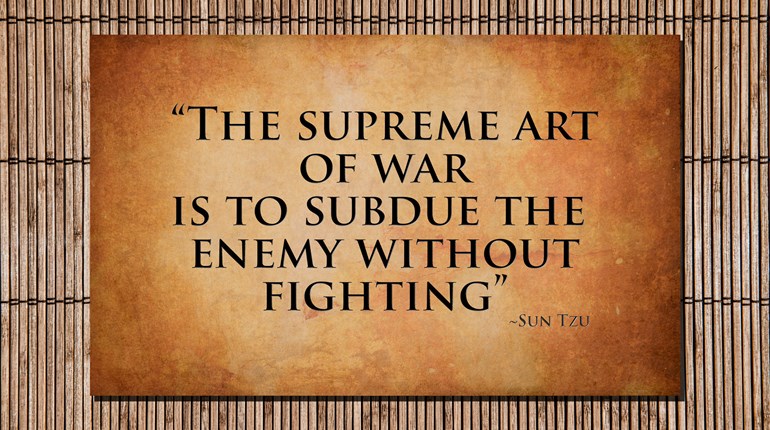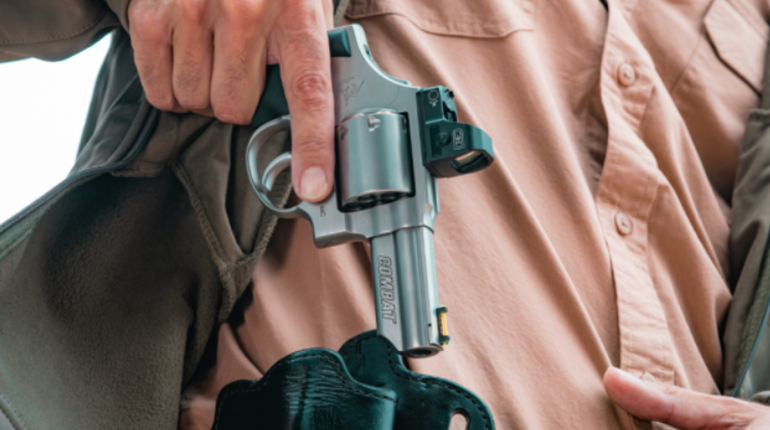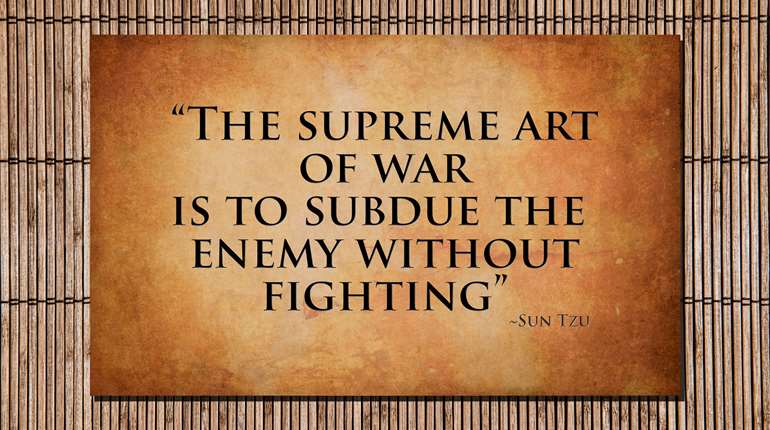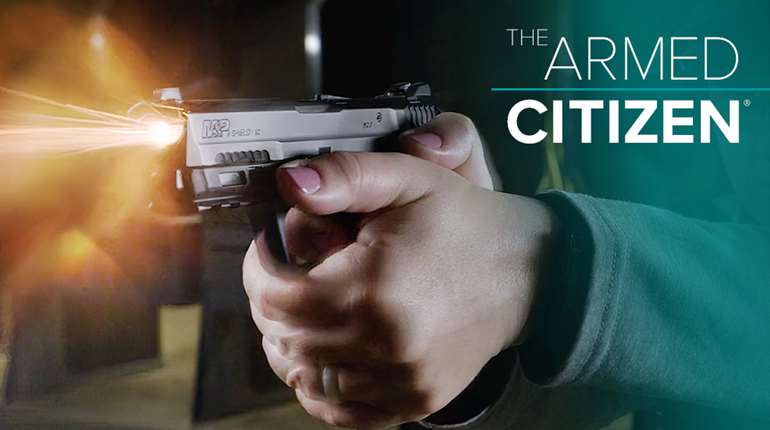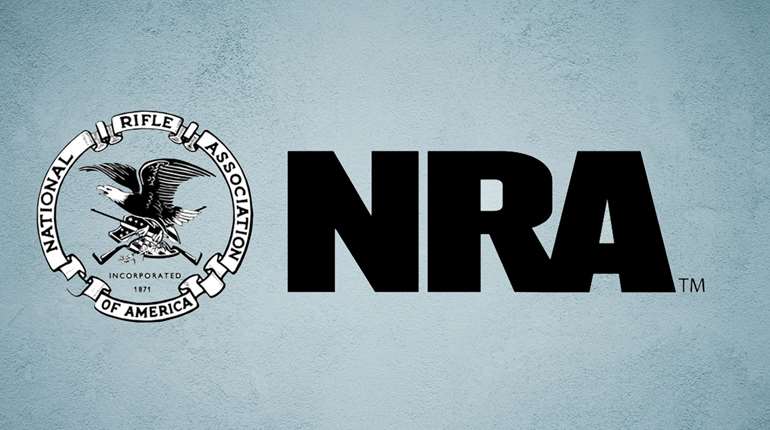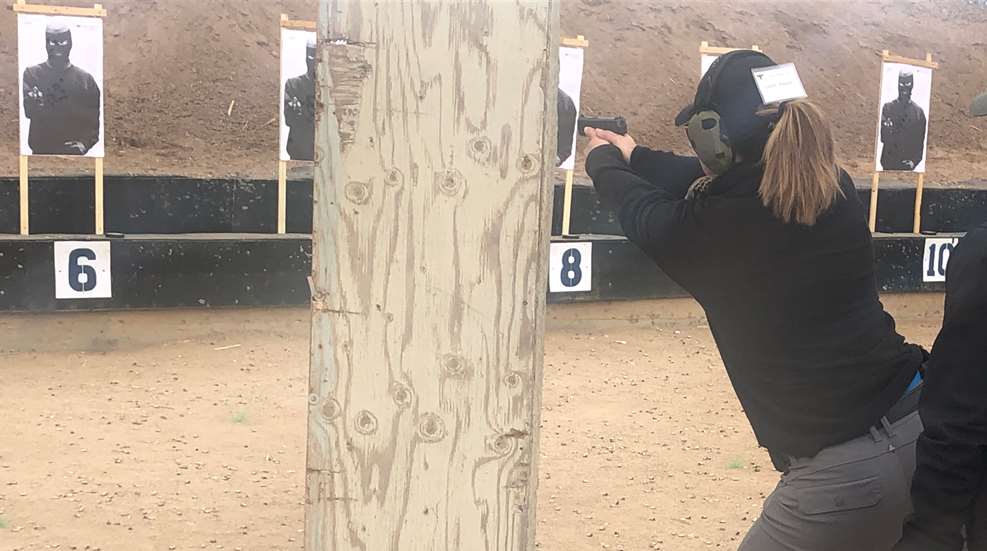
You know all those action movies where the good guy is hiding on one side of the wall, or behind a car door, or barricaded behind a table, while the bad guys are spraying bullets at him? Forget all of that. I know you know this, but most of the gun stuff you see in movies is total bunk. It’s mostly harmless Hollywood laziness and ineptitude, but if you ever find yourself in a live gunfire situation, relying on those myths and misconceptions can get you killed.
One of the biggest things Hollywood gets wrong about guns is the concept of cover versus concealment. This is an important defensive concept to understand, and fortunately it’s a very simple one: Cover stops bullets. Concealment doesn’t.
The U.S. Marine Corp guide to Scouting and Patrolling puts it this way: “Cover is protection from the fire of hostile weapons. Concealment is protection from observation or surveillance from hostile air and ground observation, but not from hostile fire.” Though the Marines are often using concealment on the offensive, as snipers hide their location from the enemy, you will likely only ever need it as a defensive technique if you’re ever in a situation where bullets are flying at you or around you.
 |
|
This tree stump provides little concealment but partial cover as well as serving as a shooting rest if you’re going on the offensive.

Cinder-block walls are cover. Drywall or plywood only provides concealment.
Some cover is better than others, but all cover is better than concealment. If you are outdoors, hills, berms, ditches, rocks and trees (well, trees big enough to cover your whole body) all serve as cover because they’ll all stop a bullet. Brick or stone walls offer cover. Drywall walls and hollow interior doors? Not so much. They only offer concealment, as some projectiles can travel through five or six walls with ease. The same goes for most furniture, like those couches and mattresses-turned-sideways action heroes are always hiding behind in the movies.

A single layer of wood might or might slow a bullet down; it can’t be counted on as cover.
Those things are pretty obvious once you think about it, but beyond the clear examples, cover and concealment gets trickier. Cars are often depicted as a good place to dodge gunfire, but this is dicey. The engine block is the only part of a car you can confidently rely on to stop or significantly slow down a bullet. The doors and side panels are questionable at best and are better regarded as concealment, not cover. Metal exterior doors? Concealment. Household appliances like a refrigerator or washing machine? Almost always concealment. Water, like a swimming pool? Neither, at least not consistently. Depending on the firearm involved, diving into water will not reliably keep you safe until you pass at least 8 feet. Filing cabinets? Cover when they’re full of paper; concealment when they’re empty. Dumpster? Maybe cover depending on what’s in it, but most likely just concealment. Backpack ballistic inserts? Cover, albeit small and incomplete.

The engine block is the only part of a vehicle you can safely consider cover. Ideally, the shooter would get as low as possible behind this cover when engaging a target that is shooting back.
Almost all cover, with the exception of things like bullet-proof glass, also serves as concealment. If you’re ever in a location where gunfire breaks out, the obvious best solution is to get out if you can. Barring that, seek cover if at all possible. Hide behind a brick wall, the engine of a car, or a hill or tree if you’re outdoors and have the option. Make yourself as small as possible and face the threat so you’ve at least got a fighting chance if you’re confronted directly.
If there’s no cover and you can’t get out, concealment is your only choice, and it’s definitely better than nothing. Hide behind whatever you can; the thicker the better and the more layers (and farther away from the source of fire) the better. Even shaded areas outdoors provide some measure of concealment compared to being lit up in the sun. While hiding behind a door, a bush or a couch won’t protect you from gunfire, it might buy you enough time to wait out the situation or seek an escape opportunity.
In an emergency, you take what you can get, but remember that cover always beats concealment, and the definition is simple: Cover protects you from gunfire, while concealment only protects you from being seen.












